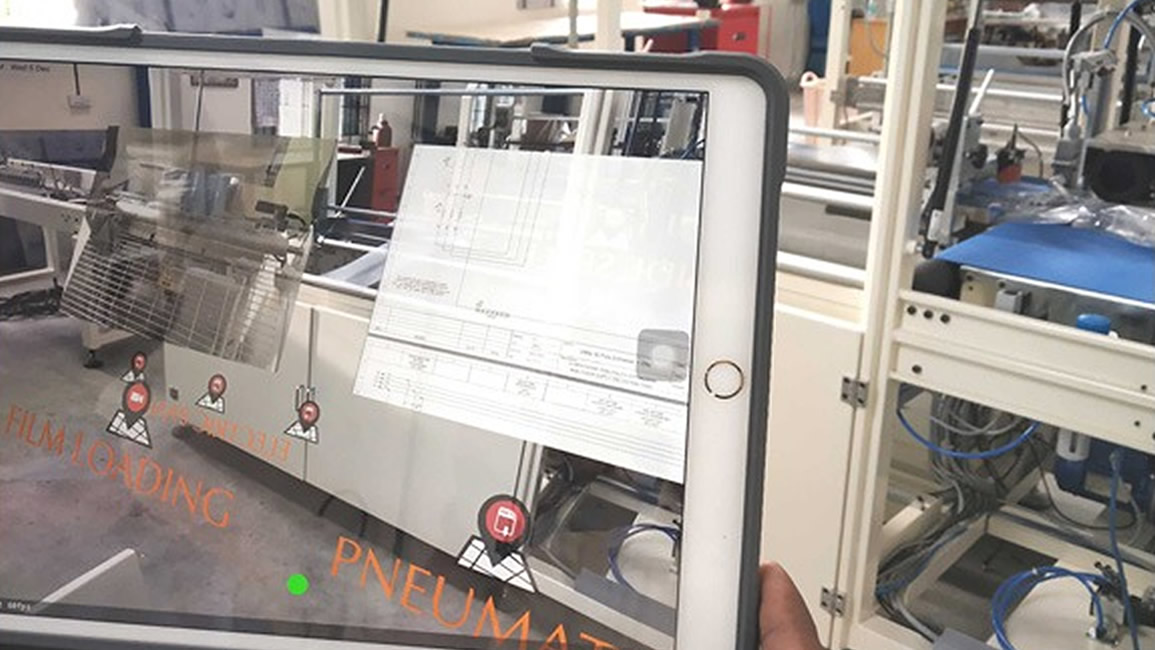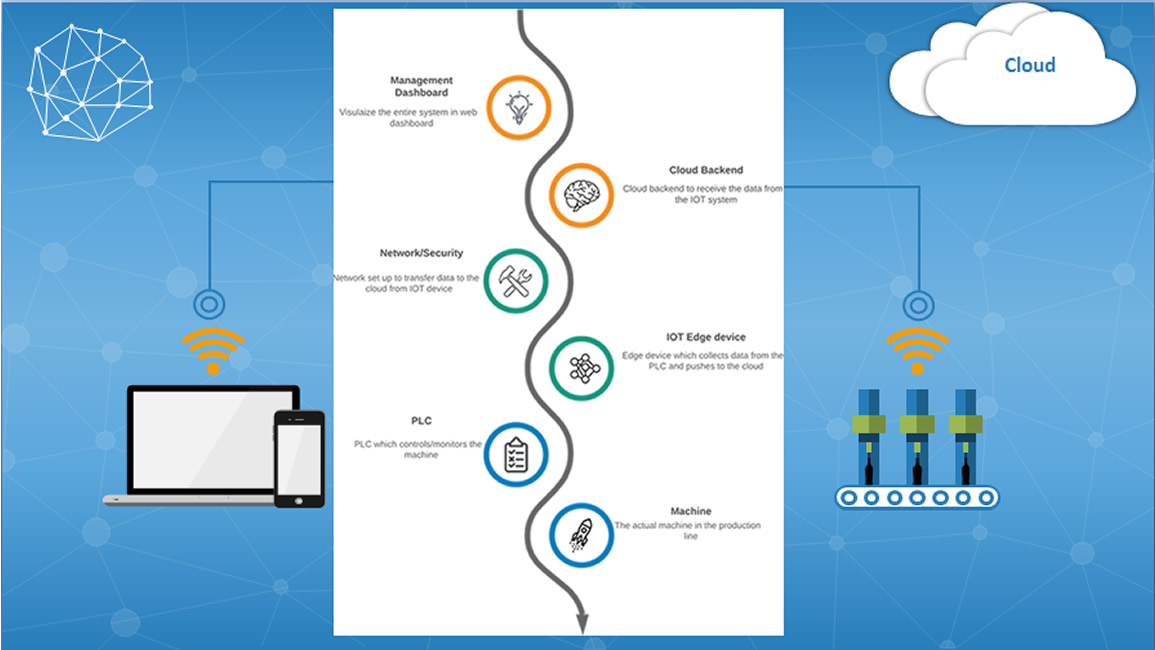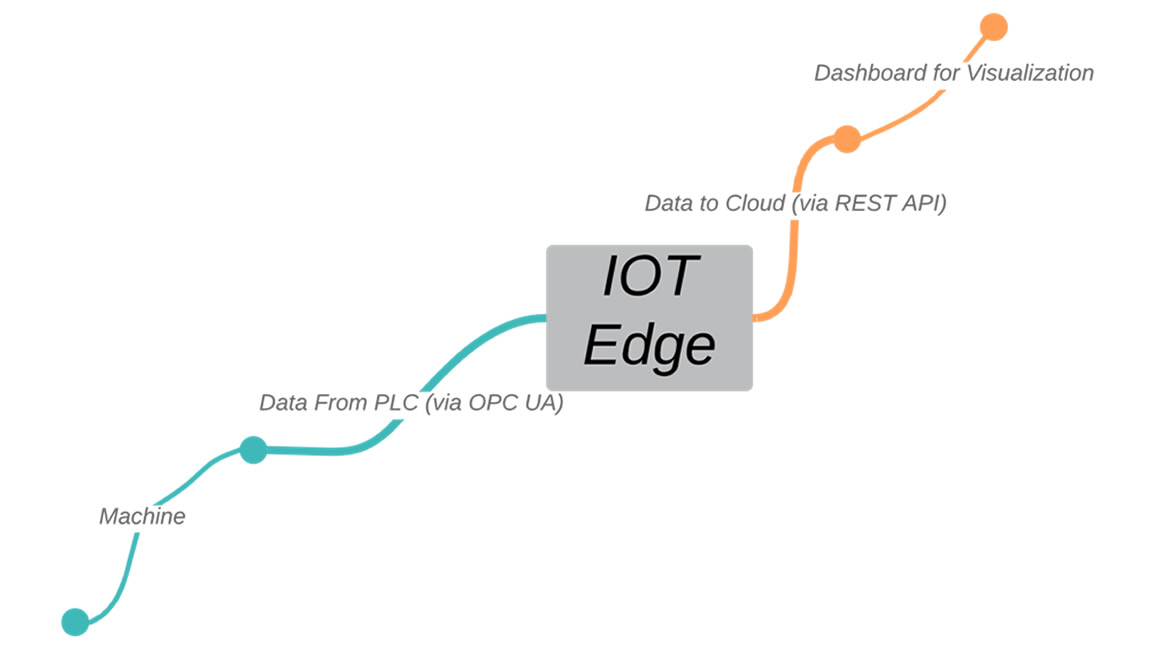Industrial Internet-of-things for Industry 4.0
The Industrial IOT as a technology has matured enough to be used by various industries to improve the production efficiency, visualization of the complete system to the management. This greatly enhances the transparency of the system and equips the management to take decisions quickly. Visualization of the system improves the decision-makers to quickly discern the inefficiencies, thereby saving cost and thus improving the ROI (Return on Investment).
The user should be able to add better geometric shapes around the scan area, and much more light, for more productive and easy acceptance on the AR scanning enviornment, which would make an accurate and successful implementation of the product.
The benefits of AR Floatspot in Manufacturing are to be experienced rather to be known. Contact Appville Softwares for a demo.

Float spot is a tool for OEM, process industry, where the asset is fixed and not movable within the organization. As the technology of the Augmented reality scans the area and the geomentry around the asset.
Why your industry need to move towards IIOT?
With the advent of Manufacturing 4.0, the enabler is the IIOT parameters of any machine, factory floor equipment. This will reap immediate benefits with immediate ROI and the following benefits
- Remote monitoring of machines
- Efficient utilization of resources
- Complete integration from shop floor to top floor
- Return on investment by improving the efficiencies
- Visualization of complete system for quick decisions
- Smart data analytics for predictive maintenance
Components of the IOT:
The IIOT is an orchestration of IT and OT. Proper mix of the below building blocks of the IIOT system is crucial for the success of the system:
- Actual Machine - Asset to be monitored
- Programmable Logic controller of the machine - PLC
- IOT edge device - collects data of the machine via PLC
- Network infrastructure - Secured way to connect the collected data to cloud
- Cloud backend - to actually store and process data
- Dashboard - wholesome picture of the complete system
- Availability is the ratio of actual run time to planned production time
- Performance is the ratio actual time taken to produce the product to the actual run time
- Quality is the ratio of Good count to Total count
- Magna aliqua ensures uninte eppted
- Esusmod dolor sit always ensures
- Consectetur adipiscing normal valve seats

The different components are shown above
The actual machine could be any machinery that produces goods. It could be a cookie manufacturing machine that produces cookies, or could be a packaging machine that packs the product for transportation, or any machine that produces the goods. Irrespective of the type of machinery, one parameter to measure its efficacy is the OEE (Overall Equipment Efficiency) which is product of Availability, Performance and Quality Where,

The PLC is the brain of most modern machines which controls machine operation logics. Manufacturers like Siemens, Allen Bradley, Mitsubishi and so on make their PLCs that now support OPC-UA protocol to expose the data for IOT integration. The data is then taken read by the IOT edge devices and processed before sharing it to the cloud.
IOT edge is the bridge between the PLC and cloud. Edge is connected to the PLC through one network interface and connected to cloud in another network interface or wifi. OPC-UA can be used to fetch the data from PLC and REST api can be used to send data to the cloud at the other end. The IOT device can be Siemens IOT2020 or raspberry or many other edge devices out there in the market.

Industrial IOT - Edge Device
The data should be transferred from the IOT to any cloud like amazon AWS or Microsoft azure or Google’s cloud or even small players of your choice. Usually the data is transferred via REST api in JSON format. The IOT device should be registered in the cloud to securely transfer the data. In case of live data, the protocols such as MQTT or AMQP can be utilized instead of REST api.
The cloud server like Microsoft Azure or Amazon AWS could be used to receive data from the IOT device. These big players also have various types of analytical services to gain insights from the data. For instance, stream analytics can be used to analyze the data while the data is being transferred. Training of Machine Learning model can also be performed with stored data for predictive maintenance. These data is used by the dashboard to display the OEE, performance, issues and many more to the management.
The web dashboard of the IIOT system is the single window to the entire IIOT system. The manager can see the overall OEE of the machine, performance of the machine. The dashboard can also display the downtime period of the machine and dashboard should allow the user to drill down to have more details and gain insights from it.
Next steps
Implementing a successful factory 4.0, depends on the successful orchestration of all the concepts mentioned above in the right mix to suit the needs of the industry and their business. Implementing IIOT by an expert is advisable but at the same time the industrial personnel should work hand in hand with the IOT team to see the best solution comes through
Implementation at Service Industry
Penguin Dashboard
Italindia Dashboard
Lorem ipsum dolor sit amet, consectetur adipiscing elit, sed do eiusmod tempor incididunt ut labore et dolore magna aliqua. Ut enim ad minim veniam, quis nostrud exercitation ullamco laboris nisi ut aliquip ex ea commodo consequat.
